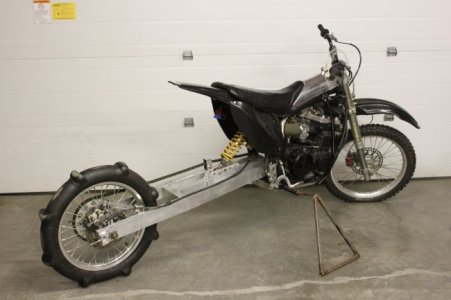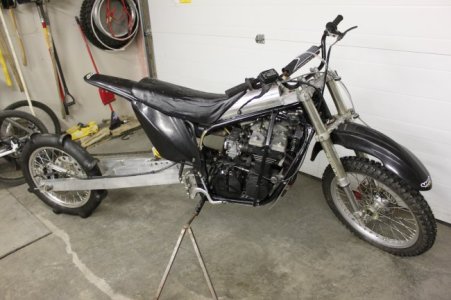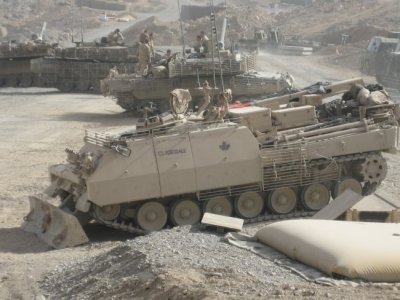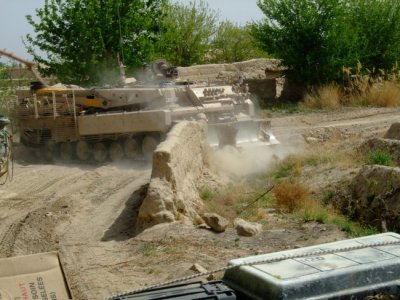vic
Active member
Thanks nice sled you have there what is it m8 vic
Thanks M1000 . Run Premium gas on your bike ,wrong last letters heat range can foul and make hard to start seen this happen before. You can get mixing bottles with ratio's on them so you can get exact.
Last edited:







